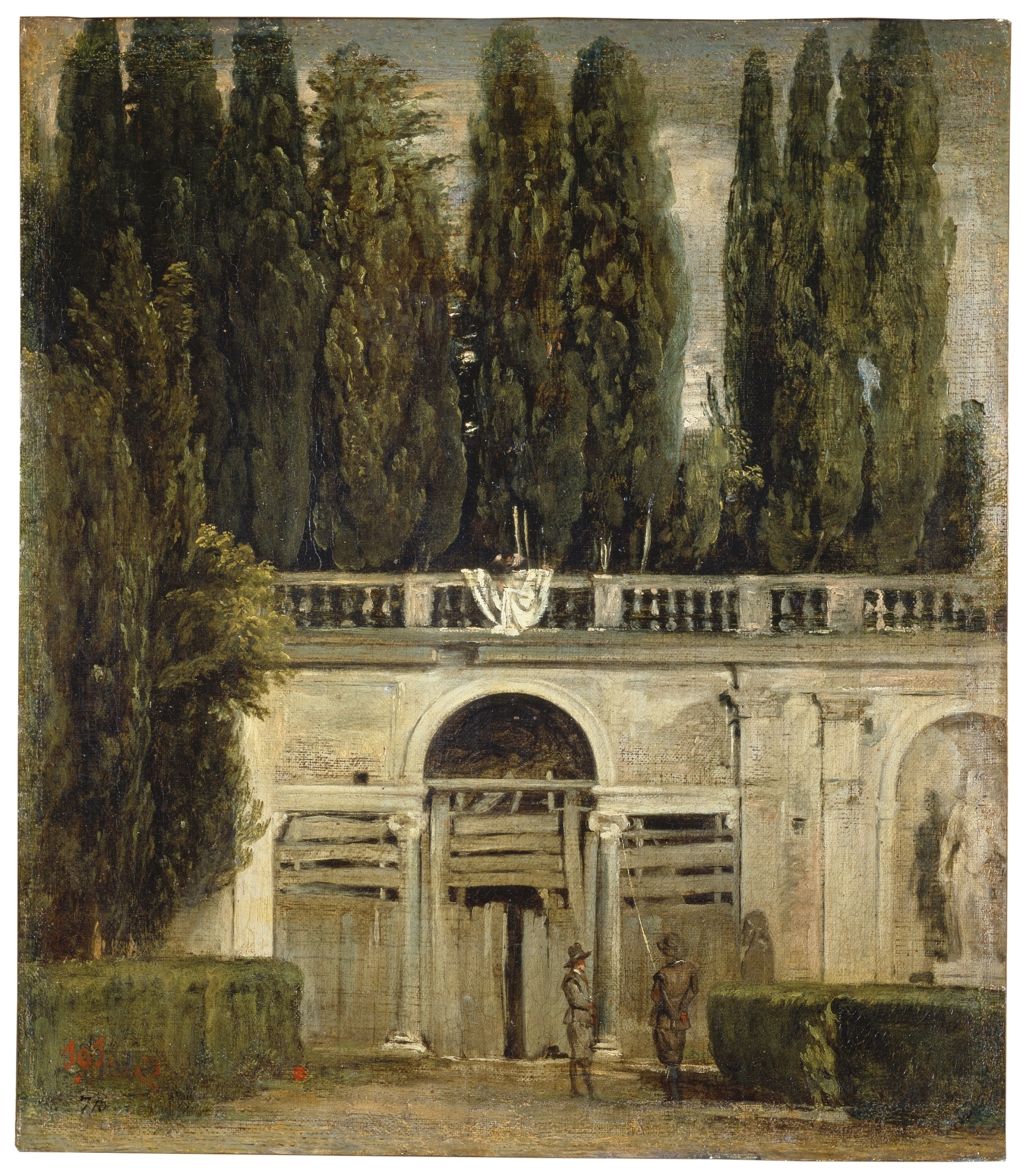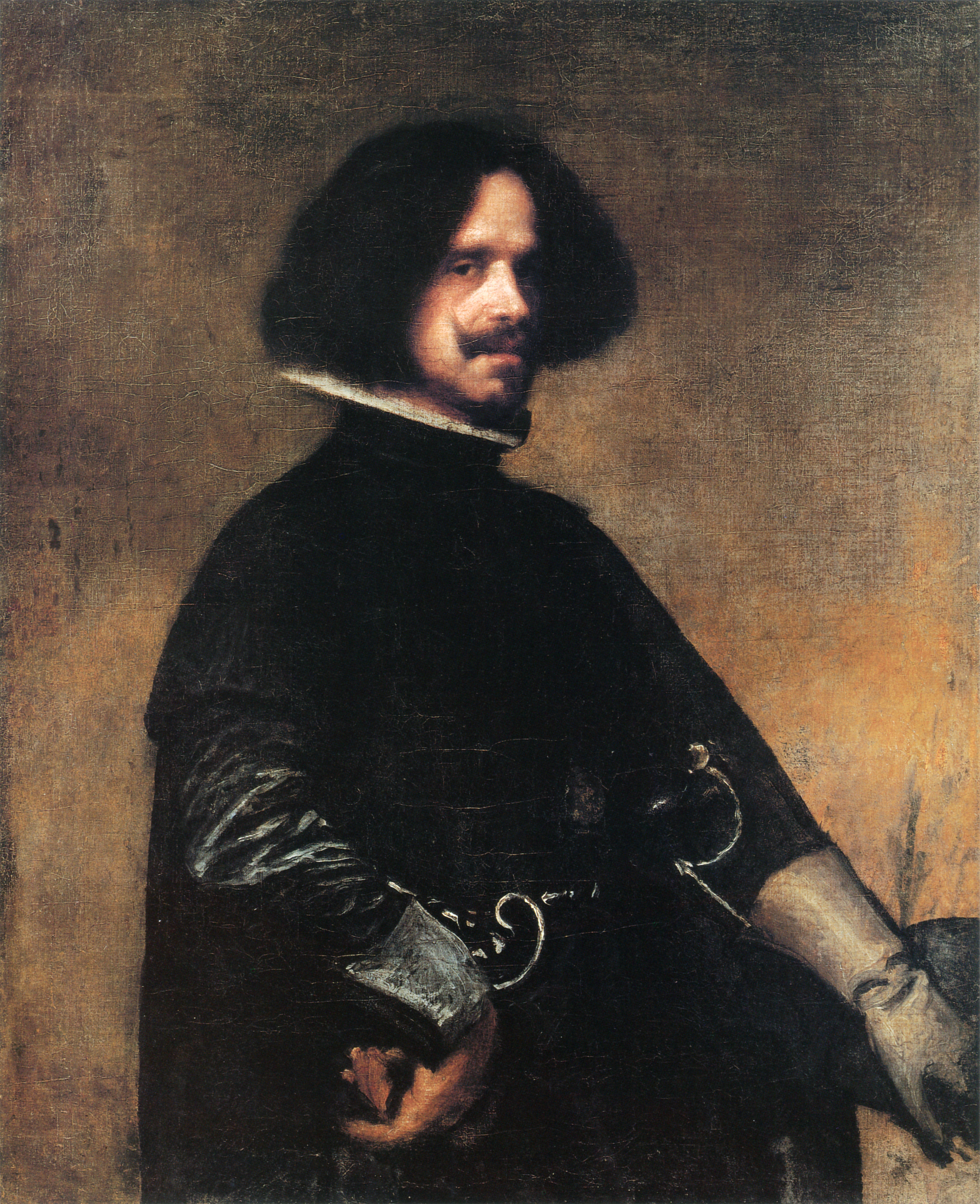This painting is quite extraordinary. Landscape painting was very rare in Spanish painting of this time, with most commissions being religious works or portraits. Velázquez was somewhat cut off from the mainstream of French and Italian landscape art as practised by Claude Lorrain or Poussin, making his use of an oil sketch rather than an easel-painted work unusual. Such a revolution put him 200 years ahead of the Impressionist painters in choosing landscape as a topic, then showing interest in light.
Critics have repeated tirelessly that light and air are also the protagonists of these canvases. For several centuries, they have also insisted on how these works seem to reflect an effort to capture a specific moment, that is, to describe a particular atmospheric circumstance. What's also interesting, Velázquez uses a Palladian window—an architectural structure consisting of a central opening ending in a semicircular arch flanked by two lintelled openings.


 Diego Velázquez
Diego Velázquez